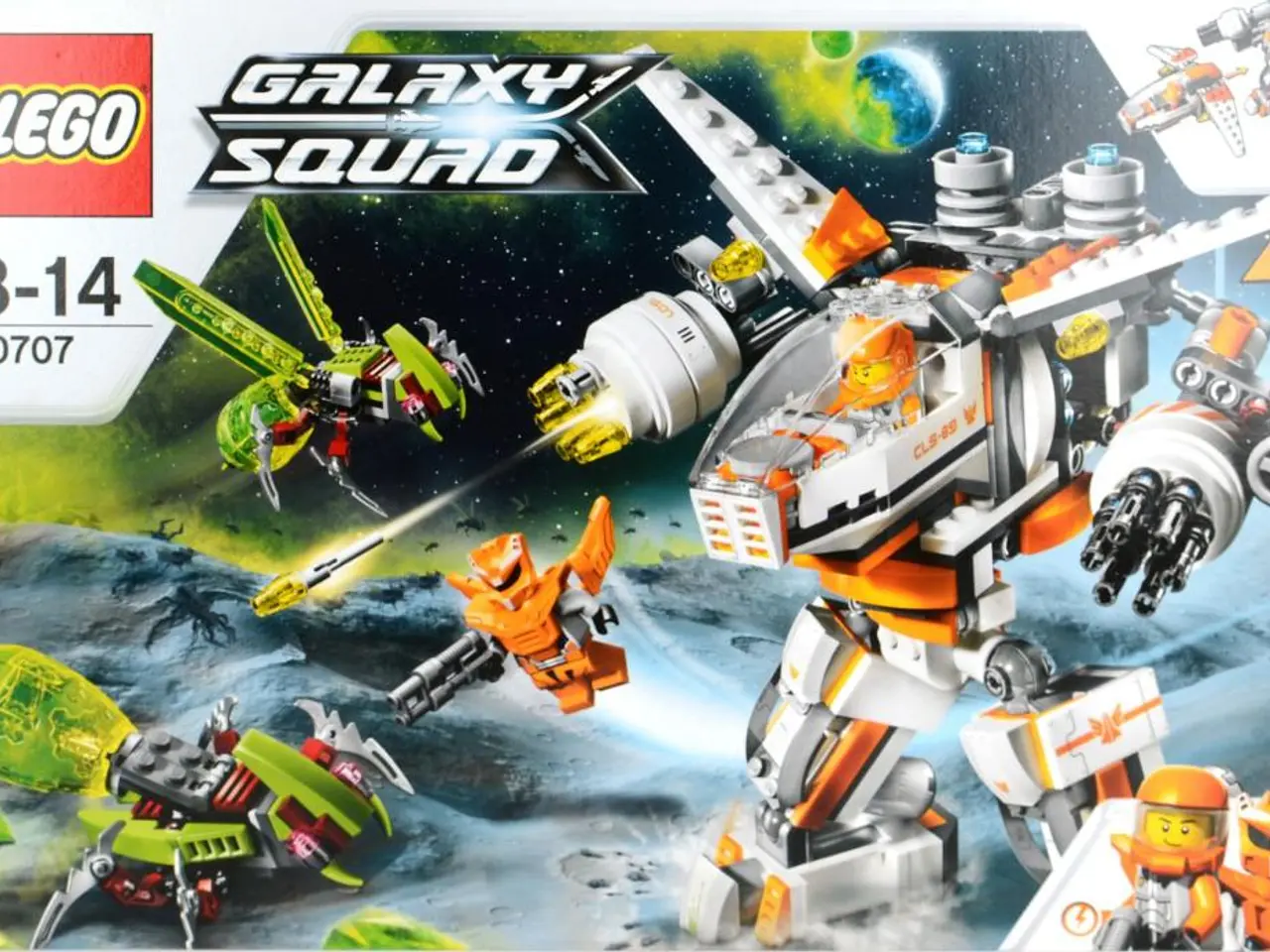Benefits and Drawbacks of AI-Powered Image Creation Software
Artificial Intelligence (AI) is making waves in the world of graphic design, transforming workflows and opening up new creative possibilities. From mockup generators that create true-to-life products to AI-powered tools that produce eye-catching images, these technologies have significantly impacted the graphic design sector.
The Benefits of AI in Graphic Design
Increased Efficiency
AI automates repetitive tasks like resizing, asset exporting, and background removal, speeding up the design process and reducing human error. This increased efficiency allows designers to focus on the creative aspects of their work, accelerating project completion and providing alternative design options based on large data pattern recognition.
Enhanced Creativity
Designers can generate multiple design variants or unique images from text prompts, expanding creative exploration beyond traditional methods. AI offers real-time recommendations for font pairings, color matching, and layout balancing based on learned design logic and user interaction data, helping produce more polished results.
Cost-Effectiveness
Quick generation of visuals cuts down resource expenditure, particularly in early concept phases or when rapid iterations are needed. This cost-effectiveness makes AI-powered tools an invaluable resource for graphic designers.
Support for Informed Decisions
AI-driven pattern recognition and data analysis can improve design quality by highlighting optimal choices otherwise not obvious to humans. This data-driven approach can help designers make informed decisions about their work.
Challenges and Considerations
Potential Loss of Human Creativity and Authorship
While AI can assist creatively, there is ongoing debate about the diminishing role of human originality and ownership in machine-generated art. It's crucial to strike a balance between automation and human input to ensure meaningful and high-quality outcomes.
Quality and Contextual Limitations
AI-generated images sometimes lack subtle contextual understanding or artistic nuance that human designers provide, requiring oversight and refinement. It's essential to approach AI-generated content with a critical eye and be willing to make adjustments as necessary.
Dependency Risks
Overreliance on AI might stunt skill development or reduce critical thinking capacity in designers if used indiscriminately. It's important to use AI as a tool to enhance, not replace, human creativity.
Ethical and Copyright Concerns
Issues around data sources for AI training, originality, and intellectual property continue to emerge as significant concerns. It's crucial for designers to understand and respect the ethical implications of using AI in their work.
In conclusion, AI-powered image generation tools have brought powerful enhancements to graphic design by improving speed, expanding creative options, and optimizing design workflows. However, these benefits must be balanced with considerations about human creativity, quality control, and ethical best practices. Human designers remain essential for guiding and refining AI-generated content to ensure meaningful and high-quality outcomes.
With AI-powered image generation tools, users can create visual representations of any object or idea quickly. However, the quality of the results can vary greatly depending on the minute details and configurations of these platforms. AI-generated design facilitates a more relaxed work environment for graphic designers due to the ease of experimentation.
However, there is a potential for plagiarism with multiple users employing the same image-generating tool. To achieve unique outcomes with AI-generated tools, users must be specific about their needs and add a personalized touch to the results. The implementation stage of AI-generated work requires a human touch to maintain originality.
The use of AI can lead to reduced costs in graphic design as it provides workable foundations for content creation. AI-generated designs facilitate a more relaxed work environment for graphic designers due to the ease of experimentation. Paying closer attention to the user interface of AI-generating tools can lead to higher quality outputs.
By 2030, AI's contribution to the global economy is projected to be worth $15.7 trillion. In 2022, ChatGPT was launched, marking the mainstream trajectory of AI-generating services. The graphic design sector has been significantly affected by the launch of AI, improving productivity for designers. To achieve unique outcomes with AI-generated tools, users must be specific about their needs and add a personalized touch to the results. The implementation stage of AI-generated work requires a human touch to maintain originality.
In the realm of graphic design, the human touch is essential for originality and human connection with the content. AI-powered image generation tools allow for quicker implementation of prototype visuals before committing to the final product. However, the final product often requires a human touch to ensure it resonates with the intended audience.
85.1% of AI users currently use the technology for content creation, including image generation. The integration of AI in graphic design is not just a trend but a paradigm shift that is here to stay. As AI continues to evolve, it's essential for designers to adapt and find ways to harness its power while preserving their unique creative vision.
Artificial Intelligence (AI) has revolutionized graphic design by introducing new tools that generate realistic mockups and create visually captivating images. These advancements in technology, such as AI-powered tools, are boosting the efficiency of graphic designers by automating repetitive tasks, allowing for faster design processes.
Moreover, AI is enhancing creativity in graphic design by generating multiple design variants based on text prompts and recommendations for font pairings, color matching, and layout balancing. This integration of artificial intelligence has led to more polished results and cost-effective visual content generation. However, it is essential for designers to maintain a balance between automation and human input to preserve originality and ensure meaningful and high-quality outputs.




